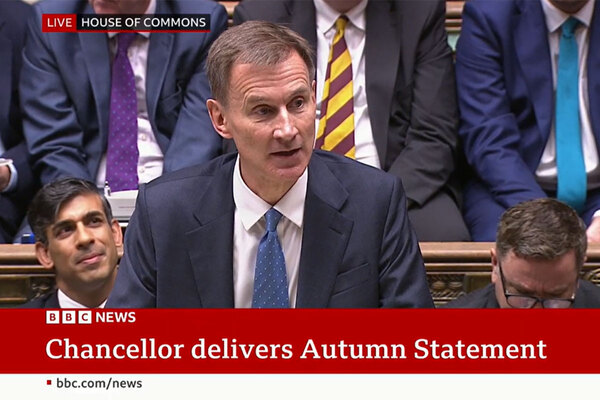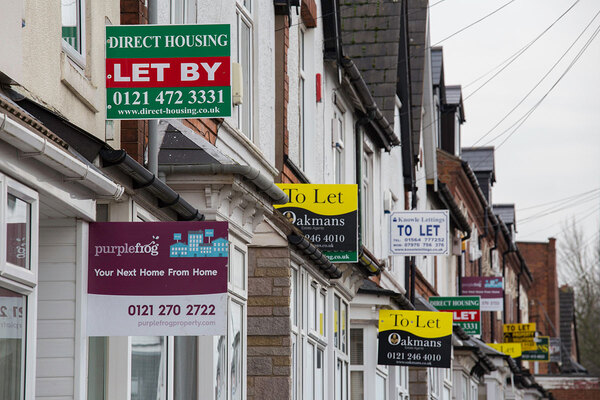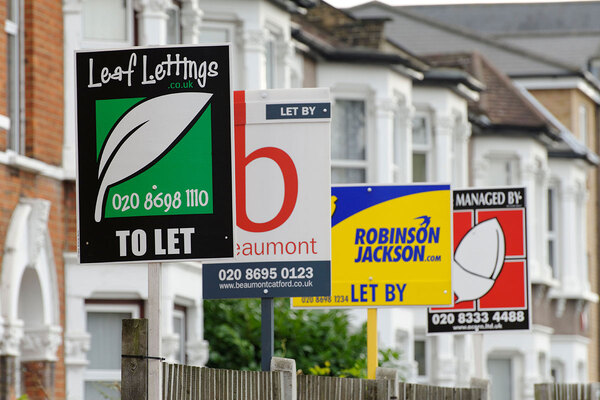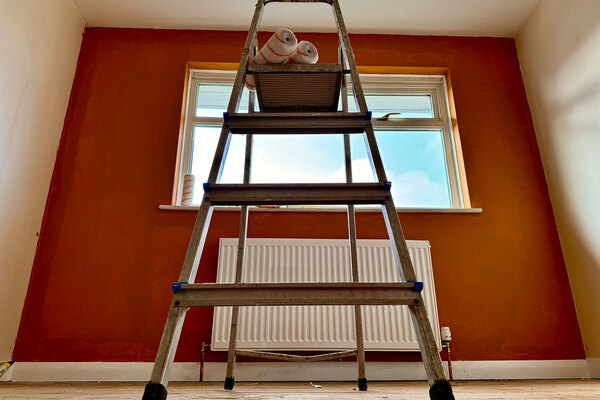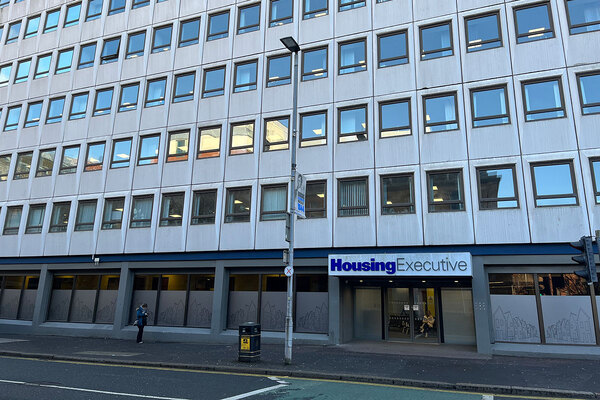You are viewing 1 of your 1 free articles
Is it worth getting excited about the Local Housing Allowance thaw?
Jules Birch breaks down the background to the end of the four-year freeze of Local Housing Allowance
At the start of April, Local Housing Allowance (LHA) finally thaws out for private renters across the country.
The end of the four-year freeze and the restoration of the link between LHA rates and the cheapest 30% of local rents were confirmed in the Autumn Statement, with the government boasting that 1.6 million low-income households will be around £800 a year better off.
The Treasury makes out that this ‘enhanced’ rate is an act of generosity when the flipside, of course, is that the £800 merely represents the cumulative shortfall against local rents since LHA was last restored to the 30th percentile in April 2020 (after another four-year freeze). Just to drive the point home, the thaw is only temporary, with a new freeze set to start in April 2025.
In the short term, there are plenty of other problems with how LHA works. In the longer term, this is symptomatic of dysfunctionalities embedded in the relationship between housing and the benefits system.
Taking the short term first, next month’s good news for private renters is also tempered by bad news about rents. Figures published by the Office for National Statistics (ONS) last week showed that private rents rose by 9% in the 12 months to February.
That represents the highest annual rate it has ever recorded but it comes along with a major revision of the Index of Private Housing Rental Prices as the ONS admits that previous rent rises were higher too, bringing it more in line with commercial organisations like Rightmove and Zoopla.
LHA rates are based on rents up to last September, which means they will already have fallen around 4% behind rents by the time they are increased next month. However, even that is likely to be an underestimate: analysis by Savills based on one million listings on Zoopla shows that LHA rates increase by an average of 17% in April but that this falls well short of a 28% increase in rents.
That means just 8.5% of new lettings would be affordable on LHA rates even when they are increased.
With another freeze baked into spending plans from 2025, the cycle of freezes and thaws for poverty and homelessness seems doomed to continue until the consequences for poverty, evictions and homelessness become impossible for even ministers to ignore.
“With another freeze baked into spending plans from 2025, the cycle of freezes and thaws for poverty and homelessness seems doomed to continue until the consequences for poverty, evictions and homelessness become impossible for even ministers to ignore”
Effectively, each freeze transfers the costs first to claimants in rent shortfalls, then to landlords in rent arrears and finally to local authorities as evictions and homelessness rise and they face crippling bills for temporary accommodation.
In a report published last week, the all-party Work and Pensions Committee recommends an end to this grim cycle. The report highlights a revealing exchange with the work and pensions secretary during its inquiry into benefit levels in the UK.
Mel Stride told the MPs that the effect of the freeze meant ‘the situation becomes more and more difficult’ and that ‘I thought that, in terms of the impacts on those people it was becoming an increasingly important consideration’.
However, when asked about rates being frozen again from 2025-26 he merely said that the decision was “subject to whatever may be decided in future”.
It feels significant that the committee, made up of five Labour and six Conservative MPs, recommends that “the government should make a commitment to uprate annually Local Housing Allowance so that it retains its value at the 30th percentile”.
Better still, they also put that in the context of the rest of the benefits system and recommend the annual uprating of the benefit cap and other allowances as well.
The benefit cap has only been increased once since it was introduced in 2013, and then only for a single year’s inflation. That means many of the families who should get higher LHA from next month will never see it as it gets snatched away from them by the cap.
“Many of the families who should get higher LHA from next month will never see it as it gets snatched away from them by the cap”
Whether any of this will be enough to persuade the next government, whichever party wins power, very much remains to be seen though. Fiscal rules incentivise chancellors to continue the freeze to massage the figures. As a chapter by Mark Stephens in this year’s UK Housing Review highlights, all this is just part of a long and dysfunctional history reaching back to before the creation of housing benefit.
In 1991, housing minister Sir George Young famously promised that housing benefit would “take the strain” of the higher rents generated by the introduction of private finance for housing associations and the deregulation of the private rented sector. The cost has since escalated to £30bn and it is tenants and local authorities who have ended up with the strain.
As this graph from the review shows, the UK spends about the same amount on housing as it did in the mid-1970s, but the balance between demand and supply subsidies has shifted fundamentally.
Even these figures may understate the shift, since the major demand subsidy (in blue) in the 1970s and 1980s was mortgage tax relief and that has since been abolished. The increase in the proportion of supply subsidy (in orange) in the past few years is the result of increased support for private housebuilding.
As Mark Stephens argues, all this has left one department (Work and Pensions) with the costs but no direct responsibility for housing while another (Levelling Up, Housing and Communities) is responsible for housing policy but not the major costs of it.
Beneath the immediate debate about LHA uprating lies a series of other trade-offs between housing and the social security system, he says. “For example, investment in social housing becomes more attractive as a form of preventative expenditure if decision-makers have an interest in containing [housing benefit] costs. Similarly, strengthening the safety-net function of [housing benefit] becomes more attractive if the decision-makers have a direct interest in preventing homelessness and the costs of temporary accommodation that arise from it.”
This is the background to next month’s rare piece of good news on LHA. He concludes that “things cannot continue as they are” but somehow they seem to carry on.
Jules Birch, columnist, Inside Housing
Sign up for our daily newsletter
Already have an account? Click here to manage your newsletters


